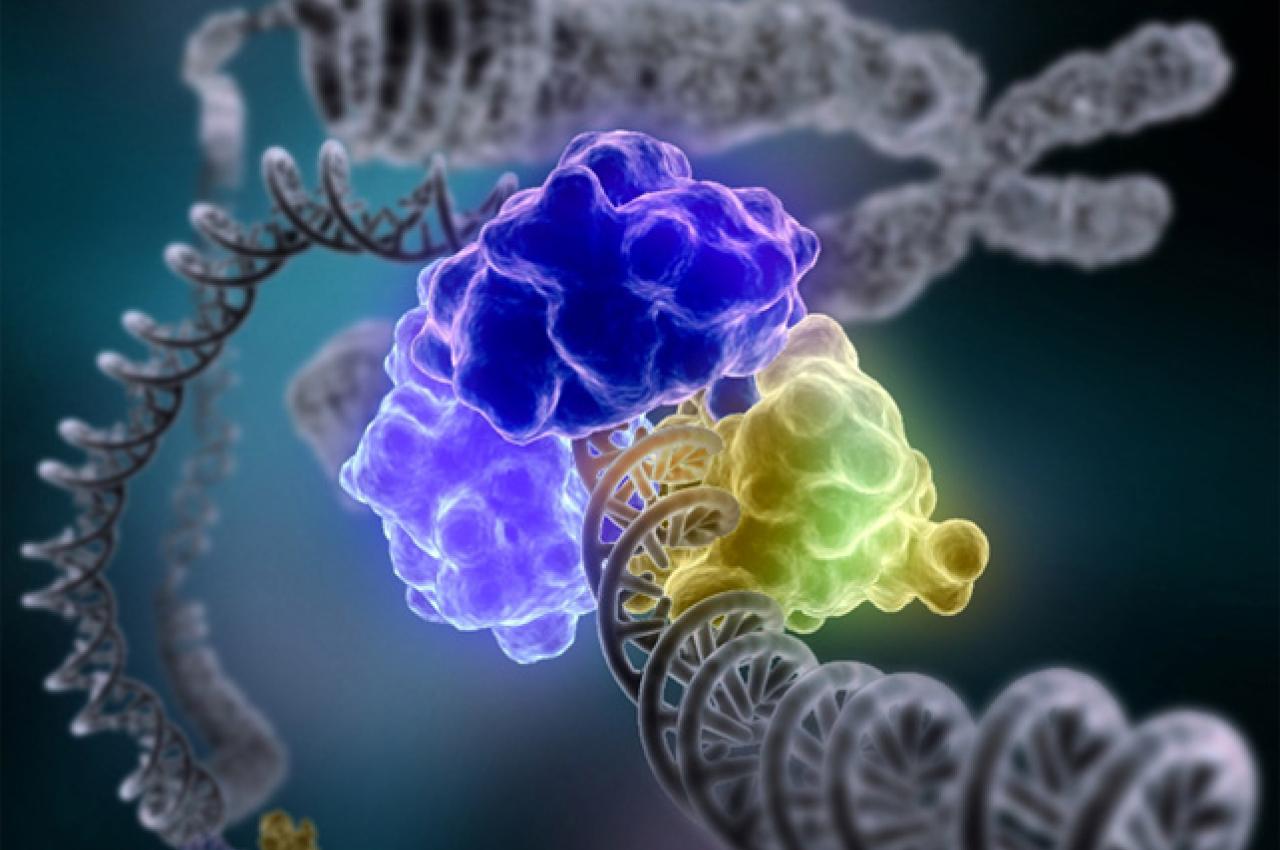Don’t Avoid Fats, Just Choose the Right Types
Fat. It seems we’re always trying to avoid gaining it or avoid eating it. But, when it comes to dietary fats, some are actually good for our health—and some are essential. Alice H. Lichtenstein, senior scientist at the Jean Mayer USDA Human Nutrition Research Center on Aging at Tufts University and the Stanley N. Gershoff Professor of Nutrition Science and Policy at the Friedman School of Nutrition Science and Policy, offers the skinny on dietary fats.
What are fats?
Alice H. Lichtenstein: Fats we eat, also called lipids, are predominantly in the form of triglycerides, which are three fatty acids joined together by a small molecule called glycerol. The body breaks down the triglycerides we eat into individual fatty acids which eventually end up in our bloodstream. From there, they are taken up by various cells throughout the body. When we talk about the health impact of dietary fats, we are actually referring to how different types of fatty acids behave in the body.
Fatty acids are burned for energy to keep our bodies running and also used to make other things our bodies need to function properly. Excess calories (whether from fat, protein, or carbohydrate) are ultimately put into triglyceride form and stored as body fat (adipose tissue).
Why are fats important?
Plants and animals cannot live without fats. The fats in seeds provide energy for the plants to germinate. In animals (including us), fats are an essential part of cell membranes, and are used for the production of some hormones and other regulatory molecules. Fat tissue just under our skin helps regulate body temperature. If that were not important enough, a complex process involving glucose (see page 4) breaks down fatty acids to generate the constant stream of energy we require to keep our bodies functioning and moving.
In the foods we eat, fats contribute to mouthfeel and our perception of flavor, and they are necessary for the absorption of fat-soluble vitamins (A, D, E, and K).
Isn’t eating too much fat bad for us?
This statement is an oversimplification of a complex issue. Let me tackle some key points:
First, let’s talk about body weight. Eating too many calories, regardless of whether they come from fat, carbohydrate, or protein, causes weight gain. A calorie is a unit of energy. While protein and carbohydrates have four calories per gram, fat has nine. (For the record, alcohol has seven calories per gram.)
A diet high in fat may therefore lead one to eat more calories in a shorter period of time than eating a diet high in protein or carbohydrate. When we look at large groups of individuals, however, total fat intake (high or low) does not seem to relate to body weight. It’s total calories that matter, regardless of which macronutrient they come from.
For food preparation, opt for non-tropical plant oils like canola and olive (pictured above), which are relatively high in monounsaturated fatty acids. Photo: Shutterstock
Next, let’s discuss circulating triglyceride levels. Having high triglyceride levels in the blood (hypertriglyceridemia) is associated with elevated risk of heart disease. Although some people are at genetic risk for high triglycerides, it can also be caused by lifestyle habits—including diet.
It is frequently mistakenly believe that only eating fat (triglyceride) raises triglyceride levels, but that is actually not the case. Diets that are very high in carbohydrates, particularly simple carbohydrate like sugar, and low in fats are more likely to cause high triglyceride levels in the blood. (The body can’t store much excess carbohydrate, so the liver turns the extra into fatty acids, then triglycerides, and releases them into the blood stream, resulting in hypertriglyceridemia.)
Finally, I want to raise an important point: not all fats are the same. Simply put, the fatty acids that make up “fats” come in different shapes and sizes. Some are short chains of molecules, some are long, and some are medium length. At the risk of getting too technical, these chains are built of carbon molecules surrounded by hydrogen molecules. Some chains are saturated (meaning every possible space on the chain is filled by hydrogens) and are straight. Some are unsaturated (there is one or more place on the chain where a hydrogen molecule could fit in) which results in a bend in the chain.
These factors determine how a fatty acid is used in our bodies—whether it is good or bad for our health. Keep in mind, every source of fat we eat is a mixture of different types of fatty acids. The important factor is the relative amount (ratio) of each we consume.
Hungry for more?
For more expert guidance on healthy cooking, eating, and living, subscribe to Tufts Health & Nutrition Letter, published each month by the Friedman School of Nutrition Science and Policy.
So, are there “good” and “bad” types of fatty acids?
Although you frequently hear that consuming saturated fatty acids raises your blood levels of LDL (bad) cholesterol—which is associated with higher risk for heart disease—it is actually the relative amount of saturated to unsaturated fatty acids you consume that determines the effects on LDL cholesterol and heart disease risk. The major source of saturated fatty acids in our diets is animal fat (meats and dairy).
There are two major subgroups of unsaturated fatty acids, mono- and polyunsaturated. Canola and olive oils are relatively high in monounsaturated fatty acids, soybean and corn oils are relatively high in polyunsaturated fatty acids. Some unsaturated fatty acids are essential, meaning the body can’t make them so we need to get them from our diets. These include omega-3 and omega-6 polyunsaturated fatty acids.
Replacing foods high in saturated fatty acids with those high in omega-6, omega-3, or monounsaturated fatty acids (like nuts, seeds, and most non-tropical plant oils) has cardiovascular benefits. You may have heard omega-6 fatty acids increase inflammation in the body, but many of the studies backing this claim were performed on animals fed very high amounts, and this effect has not been consistently observed in humans. A large volume of research supports a strong beneficial effect of replacing saturated fat with unsaturated fat, including omega-6 fatty acids.
Dietary patterns rich in omega-3 fatty acids from fish are consistently associated with low cardiovascular risk. (Note that the results of studies on the impact of omega-3/fish oil supplements on health have been inconsistent). Plant sources of omega-3 fatty acids include soybean and canola oils. A small amount of plant omega-3 fatty acids (alpha-linolenic acid) can be converted to the longer chain omega-3 fatty acids found in fish.
How do I get the right balance?
The trick is to mainly choose fat sources (like the ones discussed above) that have more unsaturated than saturated fatty acids. Fortunately, following a healthy dietary pattern will ensure you get the right balance of total fat, fatty acids, and other nutrients.
This article originally appeared in the Tufts Health & Nutrition Letter, published each month by the Friedman School of Nutrition Science and Policy.













